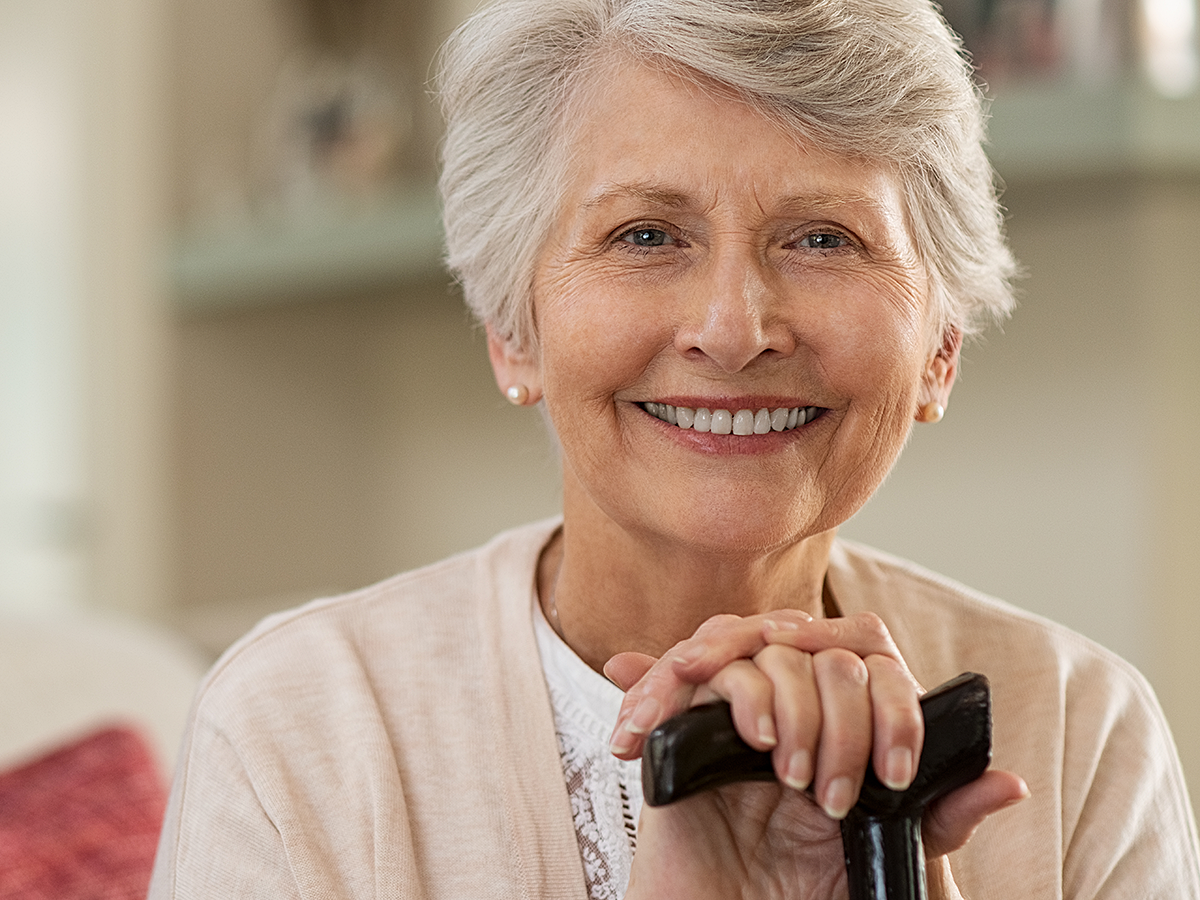Here's how to recognize common fall hazards so you can do something to lower your risk.
 Tumbles, stumbles, trips and slips may not seem like a serious health risk to the average active adult, but they can be one of the leading causes of pain and disability in older adults. The risk of falls increases as you age, and the consequences of falling does, too. In fact, falls may even lead to serious health problems or death in older adults.
Tumbles, stumbles, trips and slips may not seem like a serious health risk to the average active adult, but they can be one of the leading causes of pain and disability in older adults. The risk of falls increases as you age, and the consequences of falling does, too. In fact, falls may even lead to serious health problems or death in older adults.
More than one in four people age 65 and older fall every year. Knowing what increases your risk of falls—and then taking steps to lower those risks—makes it less likely you'll be among that statistic.
Here are 9 things that increase your risk of falls:
- Eyesight – If you cannot see clearly, you're more likely to trip over something. Get your eyes checked regularly. If you need glasses or contacts, don't walk around without them. It may take time to get used to a new prescription, so be especially careful during the transition.
- Hearing – A loss of hearing can make it harder for you to gauge what's going on around you. This can make you more susceptible to falling due to unexpected dangers that creep up on you because you didn't hear them. If you need a hearing aid, make sure it fits well and wear it.
- Medications – Some medications can make you lightheaded, weak, tired, confused or dizzy. If you experience these side effects, talk to your doctor. If you don't take needed medication for certain conditions, you may also experience these symptoms, which increase your fall risk.
- Clothing and footwear – Wearing unsupportive shoes or shoes that don't fit properly can make it more likely you'll fall. Long, flowy clothing can also cause you to trip or may get caught on something as you walk by.
- Environment – Uneven sidewalks, loose rugs and other items in and out of your home may be tripping hazards. While you can't control the conditions in public, you can make your home safer by not leaving things on the floor, wiping up spills immediately, securing rugs and installing grab bars.
- Inactivity – Regular exercise keeps you stronger and more flexible. Being active is one of the best ways to protect yourself from falls. Not only should you do weight-bearing exercises such as walking to keep your bones from getting weak, but it's also a good idea to do balance, flexibility and strength training activities like yoga, tai chi and Pilates.
- Poor balance – Your balance and reflexes may not be as sharp as they used to be, making it more likely you'll fall. The best way to improve your balance is by doing balance exercises and strength training. Also, keep your hands free when walking to help steady yourself and in case you need to grab onto something or someone.
- Health conditions – There are numerous health conditions that may increase your risk of falling. Diabetes or cardiovascular disease may lead to loss of feeling in your feet and legs, causing your balance to be off. Incontinence can cause you to rush to the bathroom, increasing the chance you'll fall. Blood pressure issues may cause you to feel lightheaded when you get up. Cognitive impairment and dementia may increase your fall risk, too.
- Distractions – Not paying attention to where you're going or what you're doing may be dangerous. Focus on what's in front of you and don't get caught up in looking at your phone or something off in the distance.
Copyright 2023 © Baldwin Publishing, Inc. Health eCooks® is a registered trademark of Baldwin Publishing, Inc. Cook eKitchen™ is a designated trademark of Baldwin Publishing, Inc. Any duplication or distribution of the information contained herein without the express approval of Baldwin Publishing, Inc. is strictly prohibited.
Date Last Reviewed: July 19, 2023
Editorial Review: Andrea Cohen, Editorial Director, Baldwin Publishing, Inc. Contact Editor
Medical Review: Perry Pitkow, MD
Learn more about Baldwin Publishing Inc. editorial policy, privacy policy, ADA compliance and sponsorship policy.
No information provided by Baldwin Publishing, Inc. in any article is a substitute for medical advice or treatment for any medical condition. Baldwin Publishing, Inc. strongly suggests that you use this information in consultation with your doctor or other health professional. Use or viewing of any Baldwin Publishing, Inc. article signifies your understanding and agreement to the disclaimer and acceptance of these terms of use.
